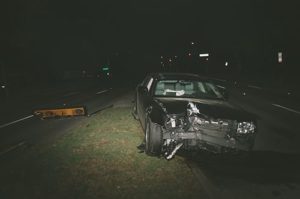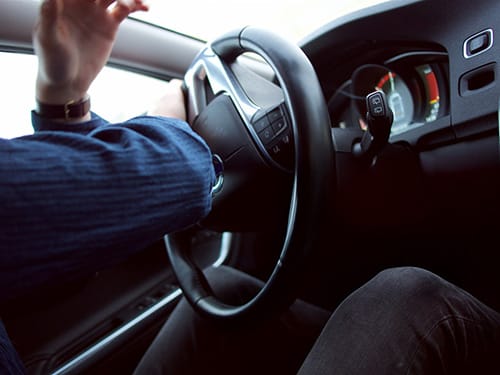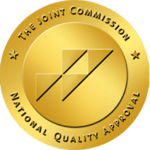Sarah J. spent about an hour getting ready to go out. Later that night, at the party, she would tell her friends how horrible she felt about an argument she’d had with her mother and how she was going to write a letter of apology and leave it on the kitchen counter for her to find in the morning and then, maybe, the two could talk things out. But, for now, she was feeling no pain thanks to the tab of Ecstasy she’d ingested.
Paul R. was a huge party animal. No one could guzzle beer straight from the keg as well as he could, and he always said he loved the sound of the crowd chanting, “DRINK! DRINK! DRINK!” as he did so. He didn’t have a girlfriend, but he asked girls out all the time. They always said no. He blamed his beer belly, but he couldn’t live without the chanting. The chanting made him feel special; the chanting made him feel loved.
Jesse C.’s plans for the future were pretty simple, actually. He and his friends were going to ride their skateboards to the local full-service gas station and pay someone to buy them beer. This was a daily occurrence for these 14-year-olds; you could always find a bum willing to go in and buy booze for the minors. The goal was to get as drunk as possible, maybe smoke some weed or – if they could find any – score an oxy or two and live the American dream: return home by curfew and spend the night laughing online while playing video games. It was going to be a Good Night.
But the night ended horribly.
In Michigan, Sarah’s body was found, battered and broken in the wreckage of her best friend’s car. The safety glass of the windshield prevented her crashing through it when they smashed into a telephone pole hours before, but her jaw was shattered and her neck broken by the impact. Sarah, who had not been wearing a seatbelt, was unaware her best friend had passed out at the wheel. She died, struggling to breathe, while choking on her own blood and vomit.
In Florida, Paul’s body was almost lovingly pulled from the wreckage of his pickup truck by First responders; firefighters and EMT’s who’d been unable to save the family in the vehicle Paul had careened into after smashing into a freeway divider. Due to permanent internal injuries, Paul had to wear a colostomy bag to his court hearings. Relatives of the deceased spat at him as he entered the courthouse.
At Venice Beach, California, Jesse was skateboarding home, desperate to make curfew. His senses impaired, he never noticed the traffic light as he sped into the intersection and was violently struck by an economy car that was perhaps going 40mph. His skull was shattered upon impact with the tarmac. Hours later, the coroner would remark that he was probably dead by the time onlookers reached him.

It is important to note that, at the beginning of their respective nights, not one of the victims said to themselves, “I’m going to get intoxicated and die tonight.”
Not One.
But the statistics speak for themselves. In 2017, out of 37,133 fatal automobile accidents in America, an egregious 10,874 of them were caused by alcohol-impaired drivers. And, as legal marijuana spreads and the opioid epidemic rages on, the number of drugged drivers killed in car crashes is also rising dramatically. As recently as 2016, it was reported that FORTY-FOUR PERCENT of fatally injured drivers tested positive for drugs.
States are still struggling to get a handle on drugged driving. Traffic safety experts say that while it’s easy for police to test drivers for alcohol impairment using a breathalyzer, it’s much harder to detect and screen them for drug impairment. This is because there is no nationally accepted method for testing drivers, and the number of drugs to test for is large. In an average year, 30 million Americans drive drunk, and 10 million Americans drive while impaired by illicit drugs.
Taking these staggering figures into account, in 2012, December was designated National Impaired Driving Prevention Month. Families were invited to stand alongside educators, health care providers and community leaders to promote responsible decision-making and encourage young people to live free of drugs and alcohol.
Now, although the number of DUI/ DWI (Driving Under The Influence/ Driving While Intoxicated) cased deaths appear lower, the fact remains that this malady, endemic to American communities everywhere, isn’t going to disappear overnight. And one needs to imagine what tomorrow will bring.
Because someone, somewhere, is taking a drink while partying with friends or family this holiday season. And someone else is using a drug while in the company of loved ones, or maybe even alone.
And both of them will be climbing into motor vehicles shortly thereafter.
And one of them might be you.
Be careful out there.

Dr. Deena is the Chief Clinical Officer of Westwind Recovery®, an award-winning outpatient treatment center in Los Angeles where she oversees the clinical and administrative program and treatment methods. Dr. Deena is a doctor of psychology and licensed clinical social worker since 1993. LCSW #20628. Originally from the East Coast, Dr. Deena has worked running treatment centers, worked as a therapist in psychiatric hospitals as well as school settings and currently has a thriving private practice in the LA area. Dr. Deena has appeared regularly on the Dr. Phil Show as an expert since 2003. She has also been featured on many other TV shows, podcasts and has contributed to written publications as well as podcasts.



